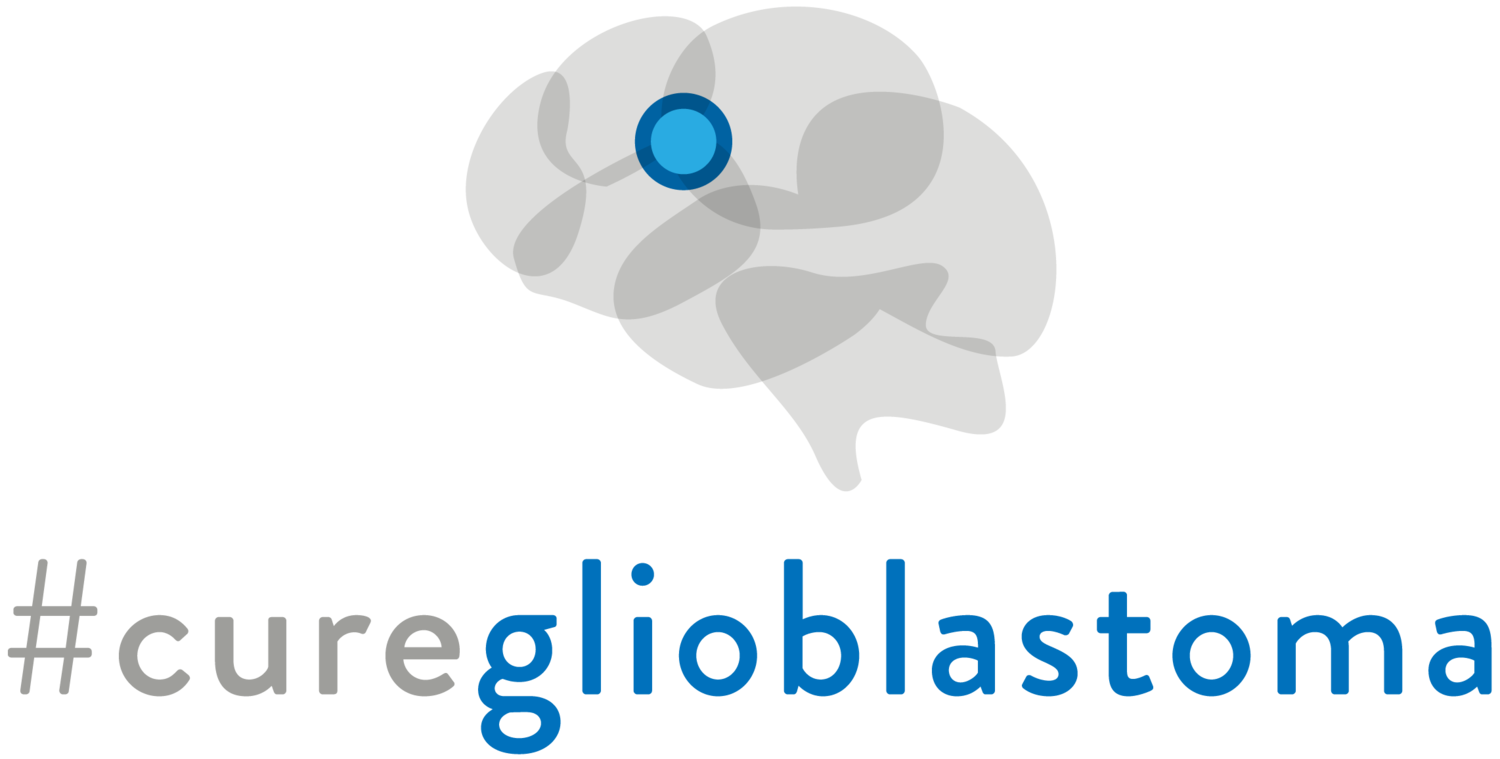the glioblastoma primer
WHAT IS GLIOBLASTOMA? Glioblastoma multiforme (GBM), sometimes simply referred to as a glioblastoma, is an aggressive cancerous tumor arising in the central nervous system (CNS), typically in your brain or brainstem (1, 2).
WHERE DO GLIOBLASTOMAS COME FROM? GBMs arise from the glial cells in the brain (1, 2). These cells act as a type of support system in your CNS and provide a variety of functions. Glioblastomas arise in two main ways. They can arise de novo, meaning there are no traces of a lower-grade tumor present, or they can progress from a lower grade glioma (3).
HOW COMMON IS GLIOBLASTOMA? Glioblastoma is a relatively rare cancer, with an incidence of approximately five out of 100,000 people in the United States (2, 4) but accounts for approximately 15% of all primary brain tumors (3).
WHAT CAUSES GLIOBLASTOMA? As with many cancers, there is no definitive cause of glioblastoma. The current understanding is that many factors contribute to the development of these tumors, including (1, 5):
age >50 years old
exposure to ionizing radiation
family history of glioblastoma
being from Caucasian or Asian descent
men are also at a slightly greater risk of developing a glioblastoma (3).
There is a subset of glioblastomas that arise from a specific mutation, called IDH. IDH is a gene that codes for isocitrate dehydrogenase, an enzyme that is essential for multiple processes within cells (6, 7).
WHAT ARE THE SYMPTOMS OF GLIOBLASTOMA? Symptoms of GBMs can vary dependent on the location of the tumor, but generally include (1, 3):
headache
nausea or vomiting
confusion, cognitive deficits, or memory loss
personality changes or irritability
difficulty with balance
drinary incontinence
vision problems
speech difficulties
seizures (primarily in patients with no history of seizures)
HOW IS GLIOBLASTOMA DIAGNOSED? Your physician will consider your symptoms and perform a complete neurological exam. If your doctor thinks it is necessary, they will order imaging studies to look at your brain, most likely a magnetic resonance imaging—or MRI—scan. Specialized scans may also be ordered to look at the tumor in detail. These scans can help identify and localize the tumor and are essential for the physician to formulate the best plan of care for your individual case. A final diagnosis of glioblastoma is made when a section of the tumor is surgically removed, called a biopsy. The biopsy is sent to specialized pathologists who look at the sample under a microscope to determine several factors, including the origin of the tumor and the cellular activity of the tumor.
HOW ARE GLIOMAS GRADED? WHAT GRADE IS GLIOBLASTOMA? Gliomas are graded based on what a pathologist sees on the biopsy sample and include two broad categories: histological findings and molecular findings. Molecular findings use specific laboratory testing to identify mutations, deletions, or insertions, which can convey better or worse prognosis for the patient (8). Histological findings describe what the pathologist sees on the microscope slide of the biopsy tissue. These parameters include the cell type of origin, infiltration of surrounding tissues, and percentage of dividing cells, among other specialized staining and analysis (8).
Based on these factors, tumors are assigned the following grades (7, 8):
Grade I: these are benign tumors (non-cancerous) that are generally slow growing and associated with increased survival
Grade II: these are relatively slow growing tumors that may spread locally or recur; they may also recur as a higher grade malignancy
Grade III (anaplastic astrocytoma): these are cancerous tumors that actively replicate and are very abnormal appearing under the microscope. These tumors spread locally and are more likely to recur as grade IV.
Grade IV (glioblastoma): these are the most malignant, fast growing tumors. They spread easily throughout the brain and cells are markedly abnormal under the microscope. These tumors grow rapidly, leading to new blood vessel formation and dying tissue at the center of the tumor.
HOW IS GLIOBLASTOMA TREATED? Glioblastoma is treated in a number of ways depending on the size and location of the tumor, including (1, 2):
surgical resection
radiation therapy
chemotherapy
targeted drug therapy
clinical trials
palliative care
WHAT IS RECURRENT GLIOBLASTOMA? Recurrent glioblastoma is when the tumor returns after initial treatment, generally near the original location (9, 10, 11). These tumors may be treated differently, including surgical resection (if possible) or a different chemotherapy regimen. Radiation therapy generally will not be used more than once. These patients often consider enrolling in a clinical trial or may choose to move to palliative care.
WHAT IS THE PROGNOSIS? Unfortunately the prognosis for glioblastoma is very poor, with an average survival time of 15 to 16 months even with advanced treatments (2, 5). However, there are anecdotal examples of longer-term survivors of several years.
Authors: Steve Capone, W. Shawn Carbonell, MD, PhD
